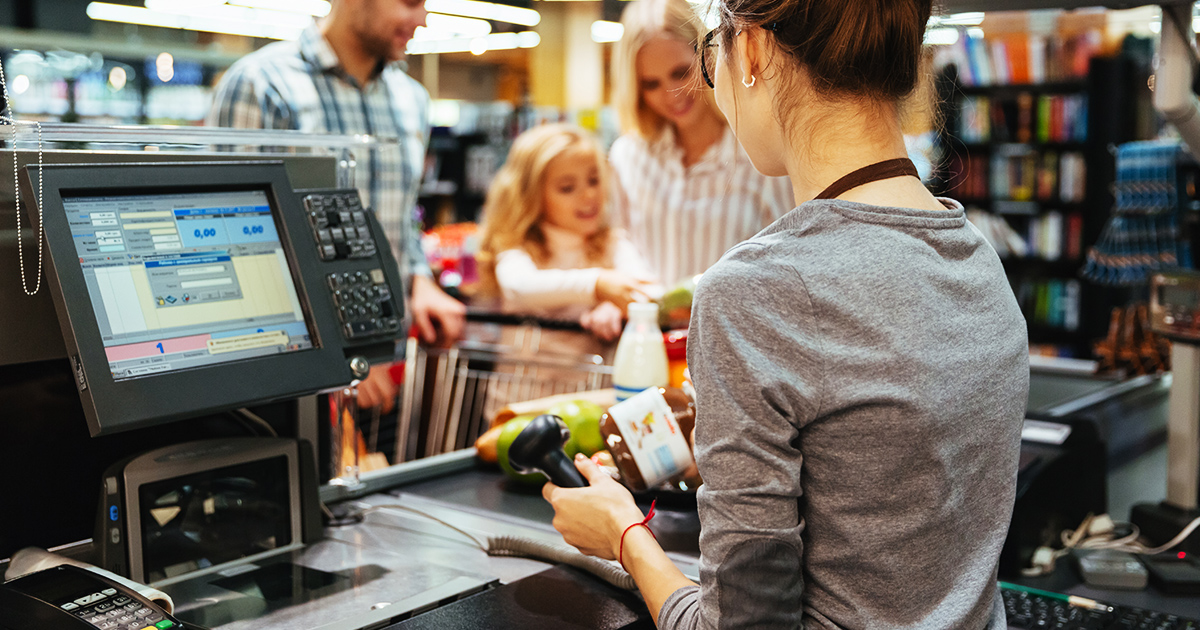
Admin / July 25, 2025

In today's fast-paced business world, having an efficient POS system (Point of Sale system) is essential. It’s no longer just about ringing up sales — it’s about streamlining operations, managing inventory, tracking performance, and improving customer experiences. Whether you run a retail store, a restaurant, a salon, or an online business, the right POS system can significantly improve how your business operates.
This guide walks you through what a POS system is, how it works, and what features you should look for when choosing one for your business.
A POS system is the technology used by businesses to complete sales transactions. It combines software and (in many cases) hardware that allows a business to accept payments, manage sales, track inventory, and print receipts.
A point-of-sale can occur at a physical location—like a checkout counter—or digitally via an online store. Modern POS systems are cloud-based and highly mobile, making it possible to process transactions using tablets, smartphones, or even a regular computer.
Here’s a step-by-step look at how a POS system typically works -
This seamless process saves time and reduces human error compared to manual sales tracking or traditional registers.
POS software is the core of the system and can include features like -
Some solutions are industry-specific, while others offer modular features based on your business size and needs.
Depending on your setup, you may need hardware to complement your POS software. Common POS hardware includes -
If you operate a fully online store, you may not need any physical hardware at all—just the software and a secure payment gateway.
Here are different types of POS setups depending on your business model -
|
POS Type |
Best For |
Example Usage |
|
Cloud-Based POS |
Multi-location or growing businesses |
Sync data across branches in real-time |
|
Mobile POS (mPOS) |
Food trucks, market stalls, events |
Use smartphones or tablets to take payments |
|
Desktop POS |
Brick-and-mortar retail or salons |
Installed software with hardware peripherals |
|
Self-Service Kiosks |
Quick-service restaurants, cinemas |
Customers place and pay for orders themselves |
|
Virtual Terminal POS |
Remote billing or service-based businesses |
Accept payments through a browser/computer |
Implementing a modern POS system offers significant advantages -
Retail Stores
POS helps manage product variations, stock levels, and customer purchase history. Features like barcode scanning and receipt printing are essential.
Restaurants & Cafes
Customizable menus, table tracking, tipping, and kitchen order printing are key features. Mobile POS allows servers to take orders tableside.
Salons & Spas
Appointment scheduling, staff allocation, and service-specific billing make POS systems ideal. Integration with loyalty programs adds value.
eCommerce Stores
POS software integrates with online platforms like Shopify or WooCommerce to sync inventory, process payments, and manage refunds.
Mobile Businesses
For food trucks or pop-up stores, mobile POS lets you process orders on the go using minimal hardware like a phone and card reader.
When evaluating POS systems, consider the following factors -
A well-chosen POS system not only improves how you accept payments but also gives you powerful tools to manage and grow your business. With features ranging from real-time inventory tracking to detailed analytics, POS systems have become essential for modern businesses across industries.
Take the time to evaluate your needs and match them with a solution that is flexible, future-ready, and scalable. Whether you operate a single outlet or manage multiple sales channels, the right POS system can transform the way you do business—boosting both productivity and profitability.